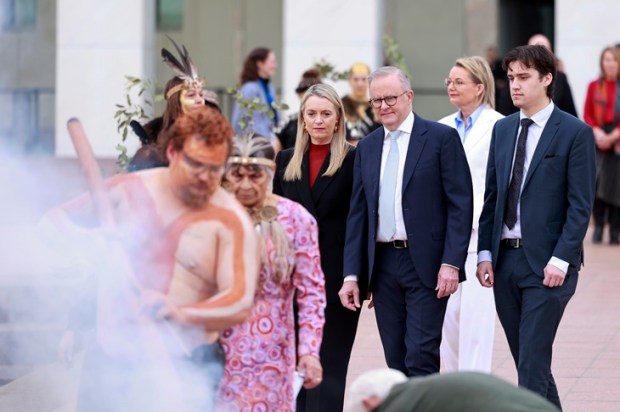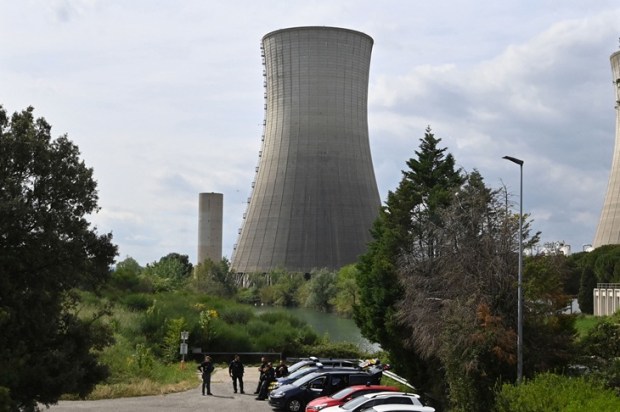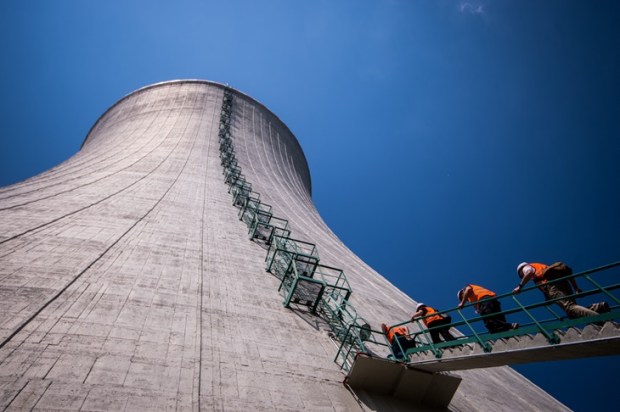Cristina Talacko is the CEO of Coalition for Conservation, an environmental charity working with centre-right politicians on energy and climate policy.
I’ve always chosen to focus on tracking the positive news on nature and the environment rather than be consumed by the eco-anxiety and climate apprehension portrayed by the media. I’m not in any way downplaying the reasons to be concerned about the climate challenges we face, but if we allow ourselves to be overpowered by gloom and desperation, a sense of defeat followed by apathy will kick in.
As 2022 comes to an end, I’m reassured that there are reasons to feel a good dose of climate optimism, as I’ve witnessed several positive actions by all sorts of agents, many unrevealed by the media channels.
In our own backyard, we’ve observed the environmental wins of NSW, including the recent announcement of the emissions reduction target of 70 per cent by 2035, expected to attract billions in private investment and support the creation of thousands of new jobs.
I’ve watched with great enthusiasm how James Griffin MP, NSW Minister for Environment and Minister for Heritage, has put in place positive environmental policies aligning conservation with economic prosperity. From expanding the amount of land under conservation in NSW, to enhancing visitor opportunities in national parks and cleaning up rivers and waterways, he’s been striking the balance between protecting the environment whilst growing the economy.
To address the gloomy findings of the NSW State of the Environment 2021 Report (20 animals and plants had been added to the threatened species list in the past three years, and the landscape has been devastated by bushfires, floods, and droughts) he’s implementing significant reforms. NSW is the now first state to acknowledge the importance of natural capital through the recent Statement of Intent, developed in consultation with landholders, signalling to the global market that the state is serious about accelerating nature-positive investment opportunities.
While governments play a fundamental part in the solution, the biggest impact on climate change is through private investment, green finance, and the ingenuity of entrepreneurialism.
According to the PwC’s third annual State of Climate Tech report, there are many reasons to be optimistic: climate tech’s share of investment in 2022 has hovered at historic highs despite the war in Europe, inflation, and a sharp correction in the capital markets which could have caused investors’ confidence to crumble. Climate tech investment in the 12 months to Q3 2022 represented more than 25 per cent a quarter of every venture dollar invested and eight in ten investors surveyed this year plan to increase their investment in environmental, social, and governance (ESG) products over the next two years, ensuring an optimistic outlook for the market.
Another reason to feel optimistic is by reviewing the new clean technologies that emerged in 2022, which are illuminating the pathway to a carbon neutral world. At COP27, hundreds of international companies presented their latest clean technologies to more than 30,000 attendees, in what has become the world’s biggest trade fair, proving that it is no longer just governments pushing forward.
And Australia is not lagging when it comes to innovation. To highlight a few Aussie-born clean technologies, I’ve picked four examples of innovative solutions to climate:
- The Low-Energy Evaporative Fractionation or LEEF: a technology capable of removing harmful chemicals and contaminants from rainwater, by using sunlight and chemical processes in a facility located at a rubbish tip in Darwin.
- Australian CSIRO scientists, in collaboration with Meat & Livestock Australia and James Cook University, have developed a cost-effective seaweed feed ingredient FutureFeed. It uses a type of native Australian seaweed (Asparagopsis), to significantly reduce methane emissions with the potential to increase livestock productivity.
- The University of Newcastle with Professor Paul Dastoor have developed printed solar panels, soon to be commercialised by Kardinia Energy. This amazing new technology is low cost, lightweight, and flexible enough to enable a wide range of applications, including fitted to pipelines to remote community infrastructure and housing, and the prospect of being integrated into the surfaces of buildings or electric vehicles.
- Australian MGA Thermal is gearing up for commercial scale of their thermal energy storage blocks, to help utility companies transition from fossil fuels to renewable energy sources: a stack of 1,000 blocks is about the size of a small car and can store enough energy to power 27 homes for 24 hours. This gives utility providers the ability to store large amounts of energy and have it ready to dispatch even when weather conditions aren’t ideal for generating solar or wind power.
As excellently put by Angela Wilkinson, secretary general, and CEO at the World Energy Council: ‘This is not a time for panic. This is a significant moment for energy leadership and cooperation. I think the future is there to be made – it is about mobilising people and making them create the energy future. In a nutshell, Net Zero is not enough. Diversity in energy is increasing, there is no one size fits all and no time to waste in reinventing wheels. To decarbonise economies without destabilising societies requires new approaches to clean, just, and resilient energy transitions (and additions) at pace and scale.’
In 2023, let’s keep track of the positive developments and remind ourselves that we are in a much better position than we were a few years ago. The growing awareness of the climate crisis; the various commitments by governments to reduce emissions; the rise of clean technologies; changes in consumer practices; and the amount of investment innovation have have shifted the dial, setting the scene for the next decades. Our natural environment is finally recognised as the foundation to sustain our economies.

























